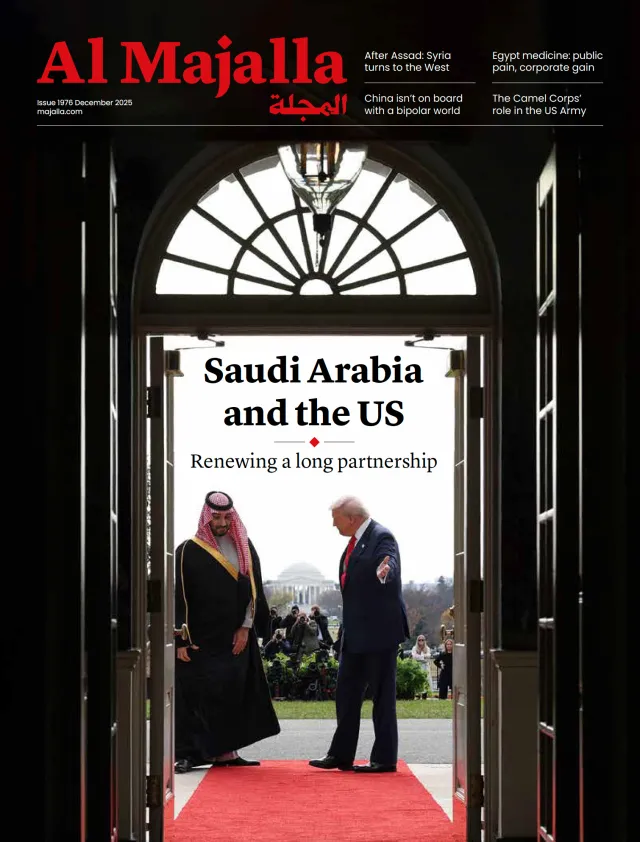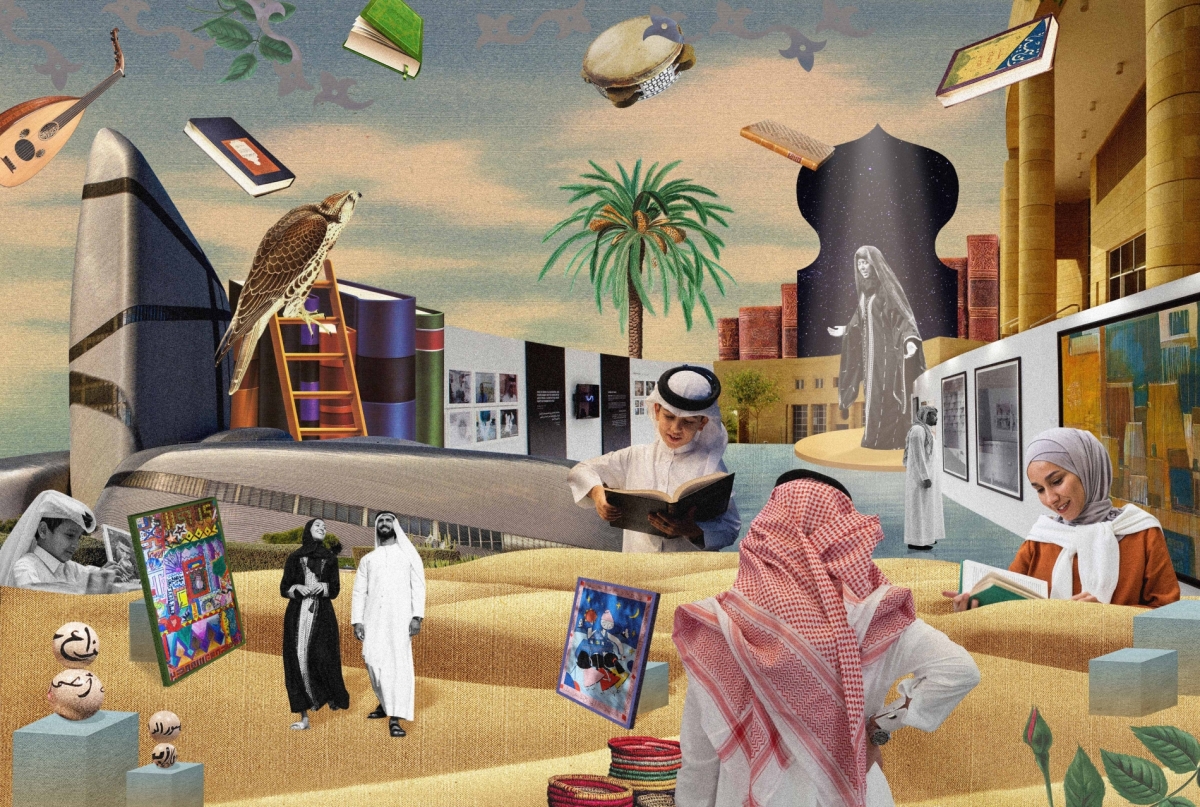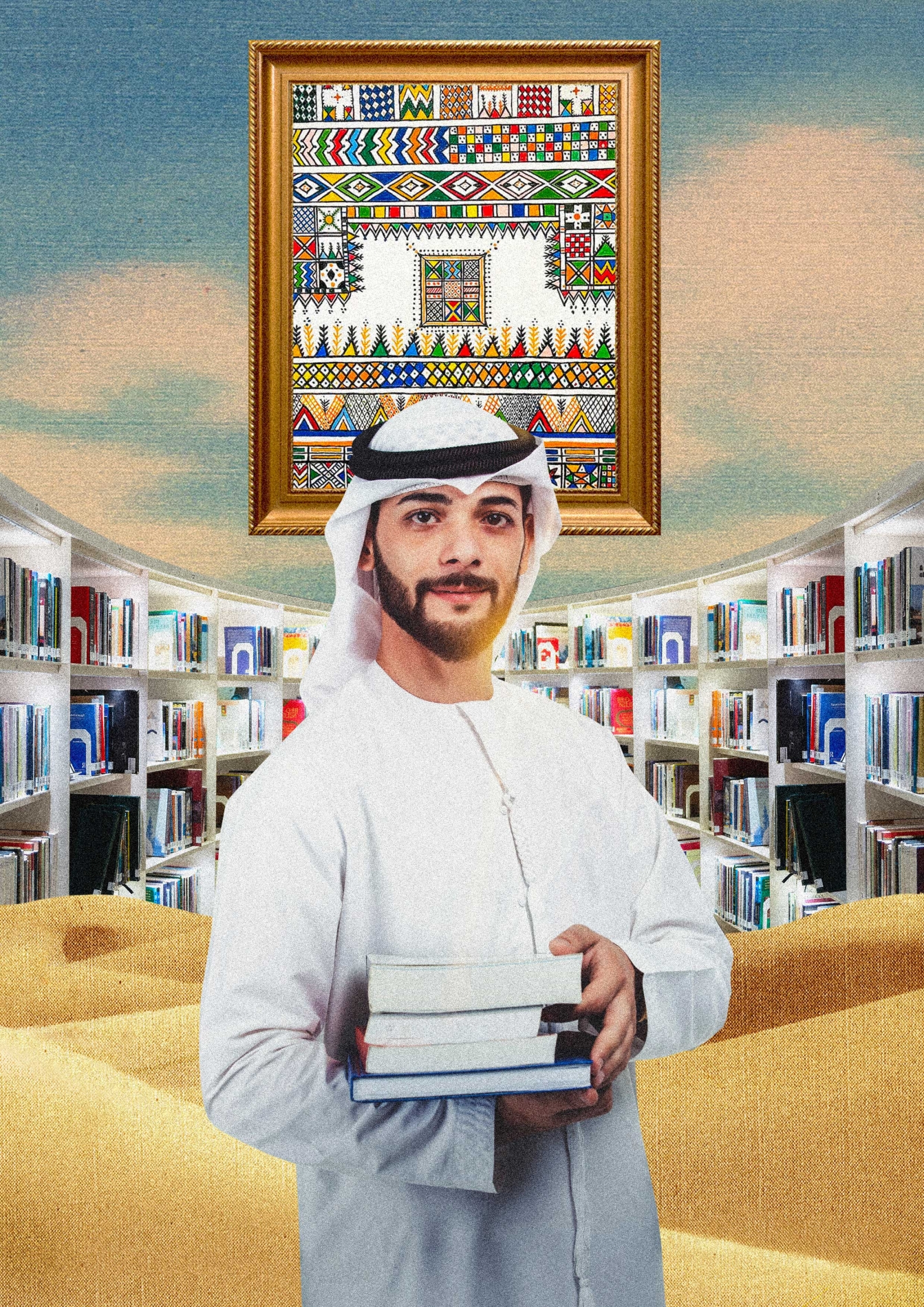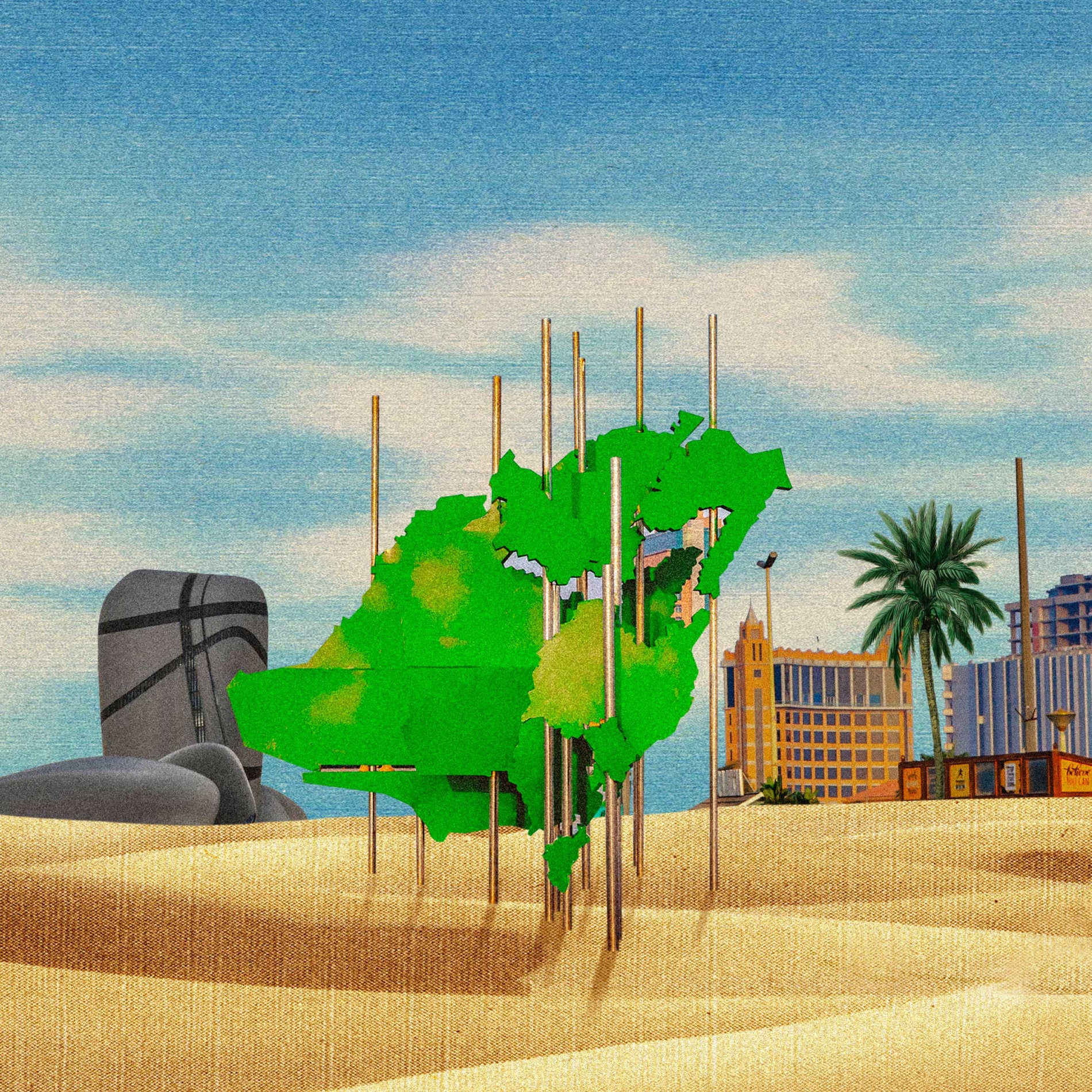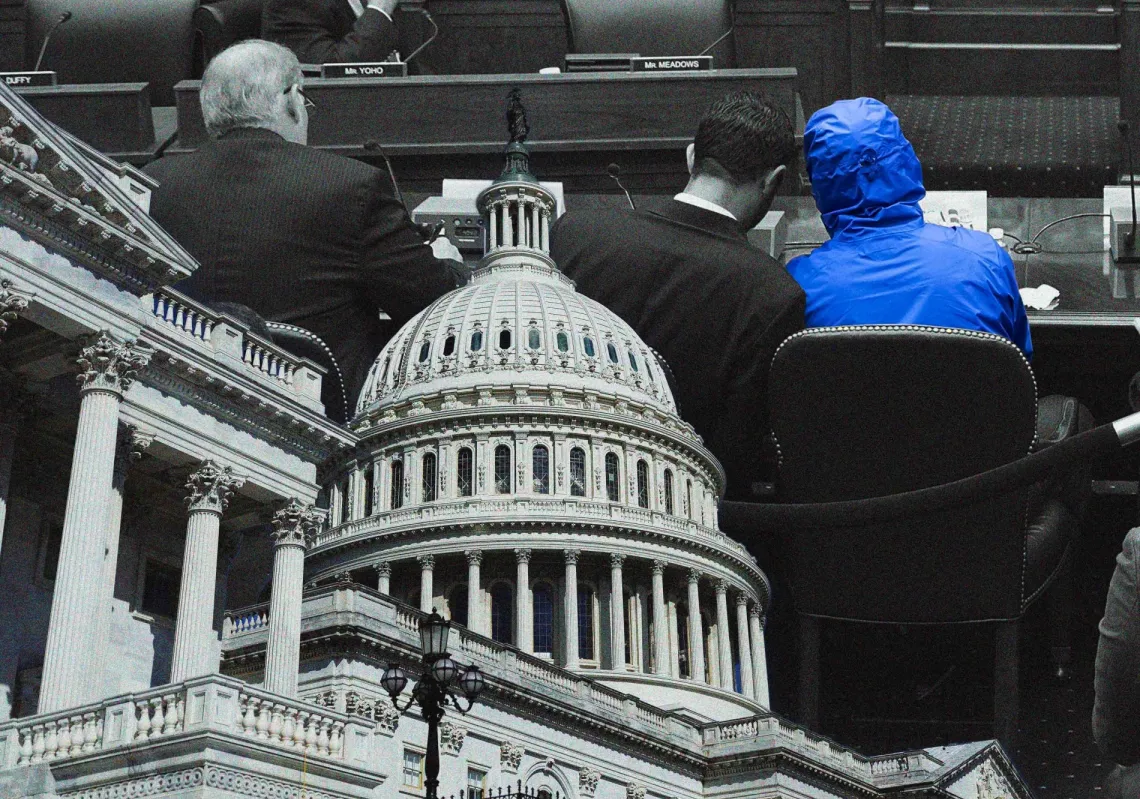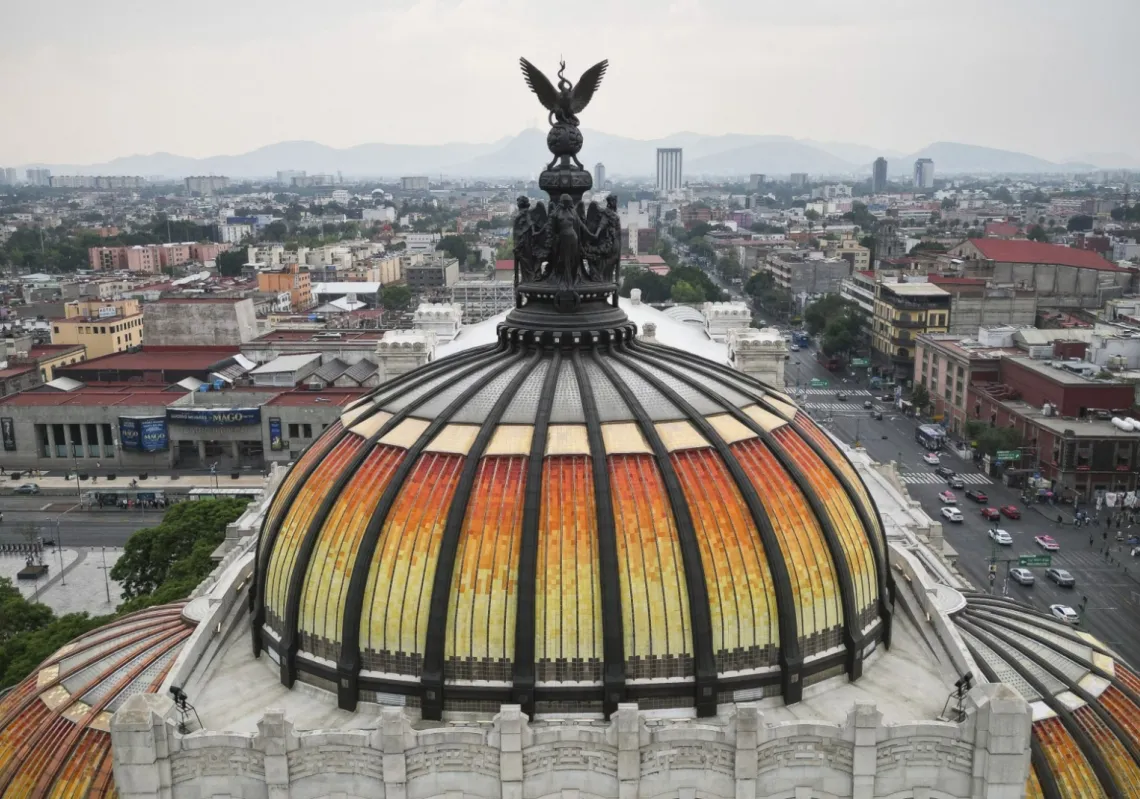Saudi Arabia’s cultural renaissance is no accident. It reflects deliberate planning and a national vision informed by the Kingdom’s rich spatial and historical heritage, coupled with a collective aspiration to elevate the cultural landscape. This transformation marks a modern civilisational shift, driven by both legacy and forward-looking ambition.
Responding to this shift, the Ministry of Culture, through the Libraries Commission, has launched a pioneering initiative to transform all public libraries and their affiliated institutions into Cultural Houses. Envisioned as hubs of creativity, dialogue, and intellectual vitality, the aim is to empower current and future generations to explore new realms of knowledge and enrich their cultural experiences. Within these houses, knowledge is cultivated and national talent nurtured, all while maintaining a deep connection to the Kingdom’s cultural roots.
The concept of Cultural Houses is by no means new. One of the oldest examples is the French Academy in Rome. Founded by France in the 17th century, and located in Villa Medici, the academy acts as a residence for French artists studying classical arts in Italy. Over time, the model spread across Europe.
In 1920, the Casa de Velázquez was founded in Madrid to bring together artists and researchers from France and Spain in pursuit of artistic and scholarly exchange. In 1992, the French government inaugurated Villa Kujoyama in Kyoto, Japan, as a residency dedicated to cultural exchange in arts and literature. Most recently, in 2021, Villa Albertine was launched in the US by the French Ministry for Europe and Foreign Affairs. A division of the French Embassy in the US, it is now active in 10 American cities and aims to deepen transatlantic cultural dialogue.
The story so far
In 2020, the Libraries Commission unveiled its initiative to transform public libraries into Cultural Houses as part of a broader library development programme. The goal is to establish 153 Cultural Houses across the Kingdom by 2030, with an anticipated annual footfall of one million visitors. This strategic initiative positions culture as a cornerstone of both social development and the creative economy.
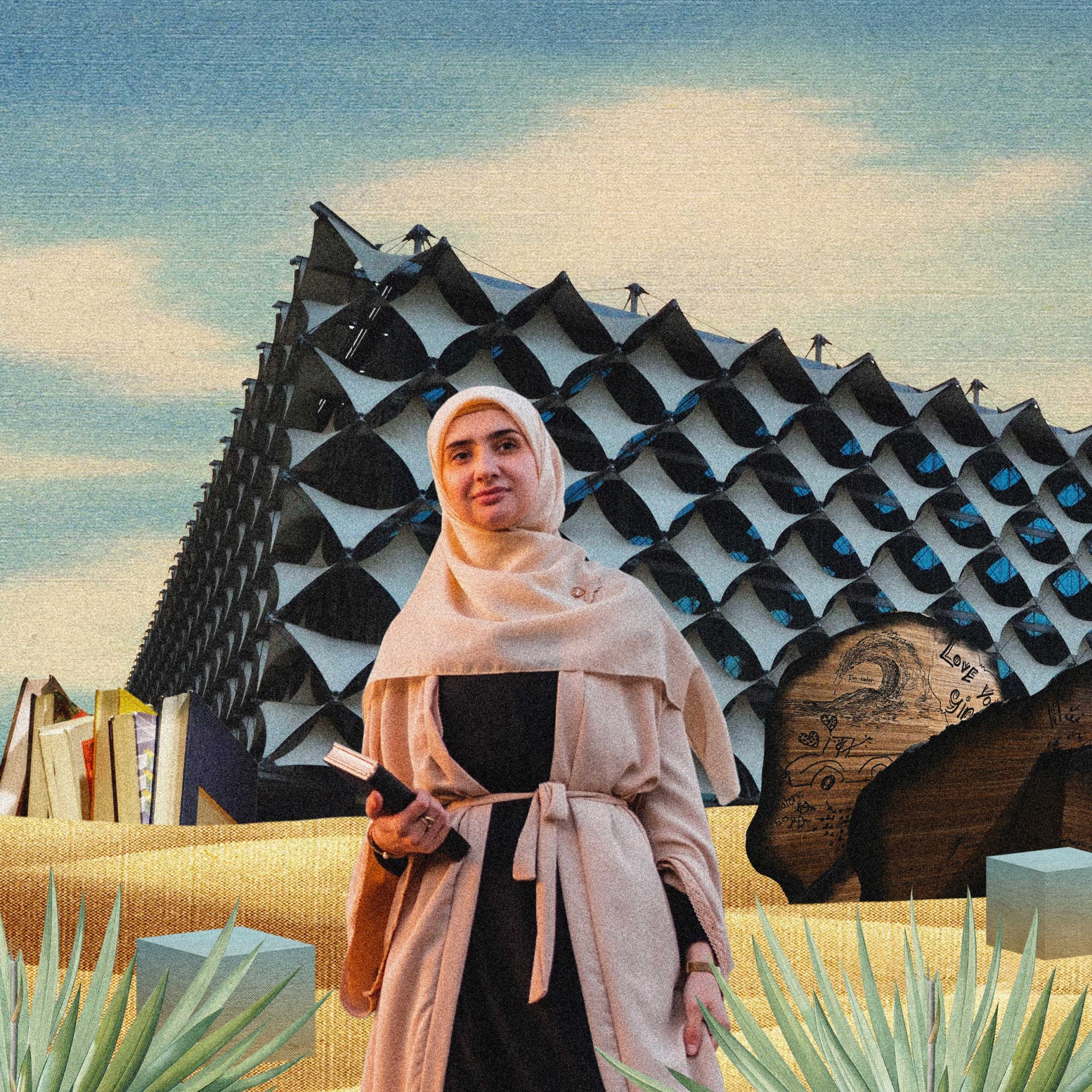
The initiative reimagines the traditional library, evolving it from a mere repository of books into a dynamic space that blends knowledge with entertainment, the arts, and social engagement. These venues will feature cafés, technology zones, and dedicated rooms catering to various age groups and interests, from young children to adolescents.
They are designed to provide an immersive cultural experience, transforming libraries into vibrant, everyday destinations that inspire and enrich, far removed from the static, dust-laden halls of the past where books sat unopened on shelves.
Memory of libraries
For decades, public, university, and cultural centre libraries remained confined to their traditional roles, limited largely to book lending and the occasional lecture. These institutions were often viewed simply as buildings lined with shelves of books and manuscripts. Today, however, following sweeping institutional reforms, these spaces have been transformed into vibrant, inspiring centres of life. They now bear the responsibility of fostering individual growth, nurturing critical thought, and shaping a knowledge-based society that values its past while confidently envisioning its future.
As part of this transformation, the term ‘library’ has evolved to incorporate modern architecture, diverse facilities, and a rich array of cultural programmes. These venues host refined gatherings that honour heritage and promote dialogue, striking an ideal balance between authenticity and innovation. As such, they offer a tangible embodiment of the Kingdom’s broader cultural ambitions.
It is now essential to build upon this transformation by turning these spaces into centres of aspiration and action. Places that celebrate literature, welcome the arts, and embrace all who value culture. From the child taking their first steps into reading to the researcher exploring historical manuscripts, from the artist seeking a platform for expression to the thinker searching for intellectual clarity, these Cultural Houses are meant to serve all.
With this fundamental redefinition of the library’s role, those working within these institutions now shoulder a vital responsibility: to show future generations that Cultural Houses mark pivotal moments in a society that sees culture as a vehicle for progress, dialogue as a pathway to peace, heritage as a treasured inheritance, and thought as a compass for both present and future.
The cultural vision
The Libraries Commission’s ambition, as articulated in its strategies and cultural vision, is to expand and diversify reading habits and cultural participation across the Kingdom. It seeks to attract a broad and varied audience by introducing innovative ways to engage with literature, learning, and meaningful community involvement. Its targets are impressive: hundreds of thousands of visitors and the organisation of hundreds of cultural events, workshops, and training programmes.
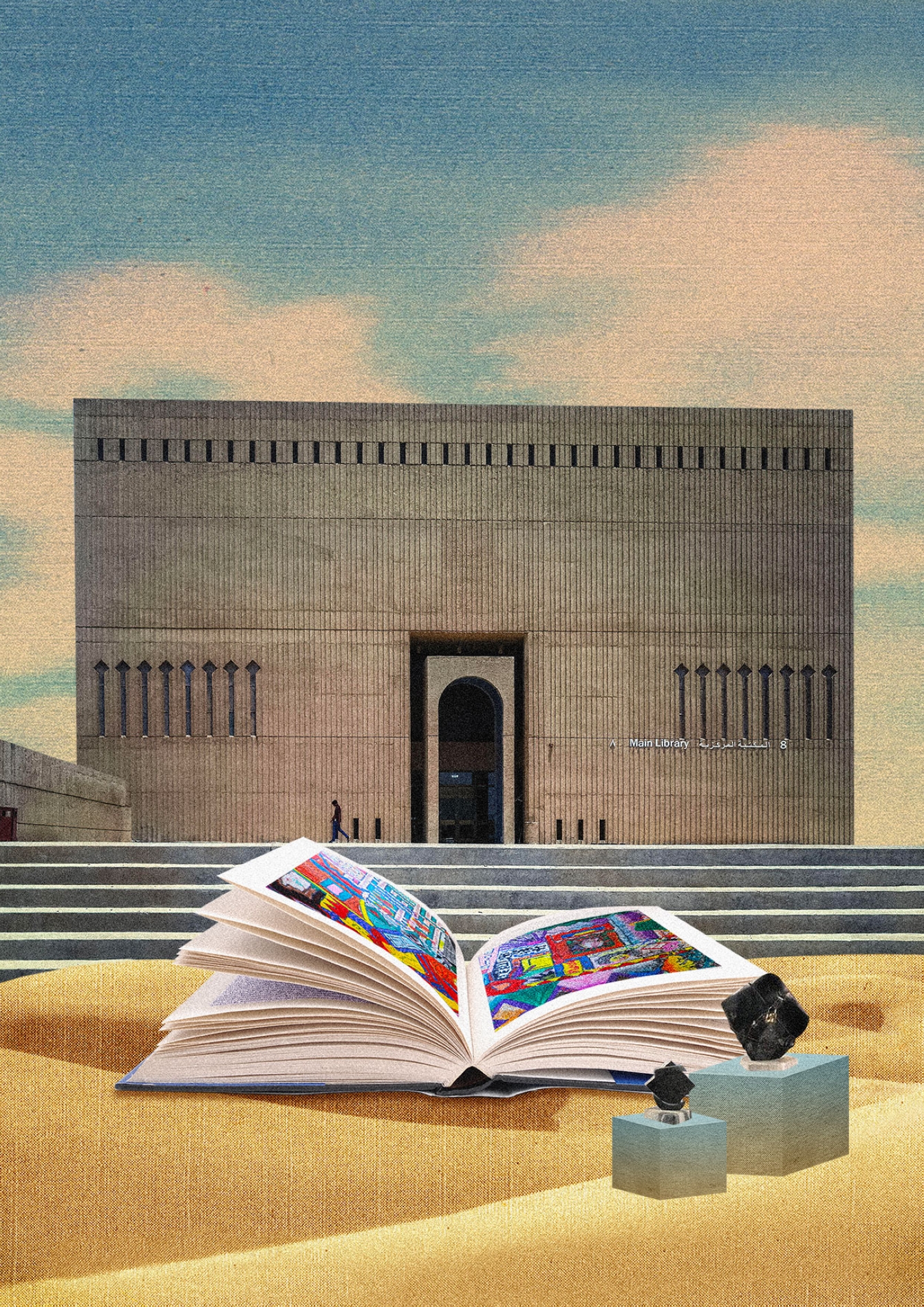
This ambition has already borne fruit. Cultural Houses currently in operation have welcomed over half a million visitors and hosted more than 800 cultural activities, ranging from literary discussions and visual arts festivals to short film productions and initiatives promoting music and national heritage.
Given the profound impact of this vision, the Ministry of Culture, through the Libraries Commission, now assumes a role that far surpasses the traditional remit of public libraries. It is tasked with nurturing generations that understand culture not as a luxury, but as a fundamental necessity. Heritage, in all its regional and expressive diversity, is a national treasure to be preserved, developed, and communicated in a language that resonates with the present.
Through the versatile platforms offered by Cultural Houses—spaces for contemporary youth dialogue, performance stages, and forums reimagining Saudi cultural expression—the commission is redefining the very essence of what a library can be. By unlocking the vast archives housed within these institutions, it is opening new avenues for cultural engagement, not just locally but globally. In doing so, Saudi Arabia is uncovering its once-hidden treasures, presenting them first to its citizens and eventually to the rest of the world. In doing so, it is drafting an inspiring cultural charter for the future.
Nurturing national talent
While traditional libraries have long served as repositories of books, references, and resources, often waiting decades to witness their impact on readers, the ambition of Cultural Houses is more immediate and dynamic. They aspire to serve as foundational platforms for emerging national talent, enabling that talent to flourish within an environment rich in thought, art, and knowledge. To bring together young creative minds from across the Kingdom—those drawn to literature, dedicated to the arts, and passionate about research. In other words, to operate as specialised centres for honing artistic abilities, enhancing the capacities of gifted individuals, and fostering a collective cultural consciousness.

